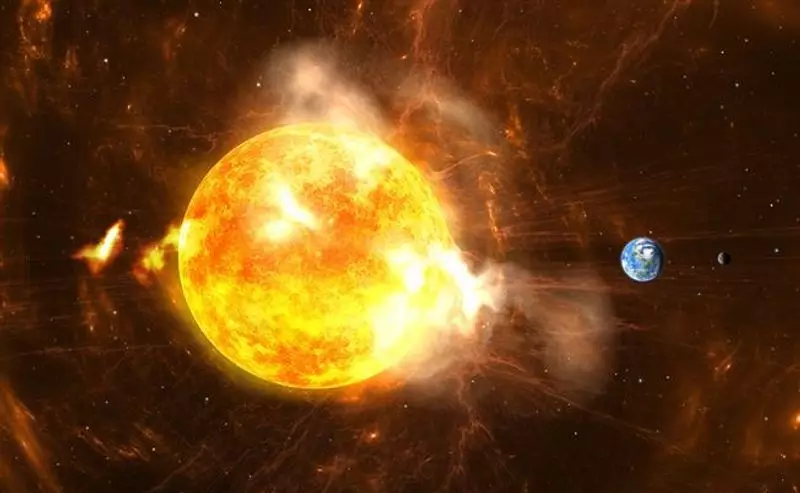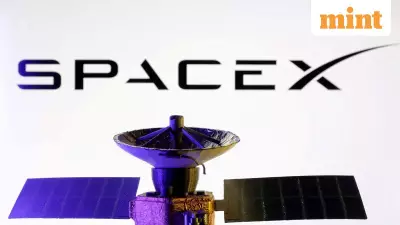
In a development that has sent shockwaves through the scientific community, a perplexing space object known as 3i Atlas is set to make its closest approach to the Sun on October 29, raising significant concerns among top physicists worldwide.
The Enigma of 3i Atlas
What makes 3i Atlas particularly intriguing and concerning to astronomers is its complete mystery. Unlike regular comets or asteroids that follow predictable patterns, this object displays unusual characteristics that defy conventional classification. Leading physicists have expressed deep uncertainty about its origin, composition, and potential trajectory implications.
Scientific Community on High Alert
Prominent physicists from international research institutions have issued warnings about the object's unusual behavior. The scientific community remains divided on several critical questions:
- Is 3i Atlas a natural celestial body or something more extraordinary?
- What are the potential risks associated with its solar approach?
- Could its trajectory pose any threat to Earth or our solar system's stability?
October 29: The Critical Date
The upcoming solar approach on October 29 represents a crucial observation opportunity for astronomers worldwide. Research teams are mobilizing telescopes and monitoring equipment to gather as much data as possible during this critical window. The close solar proximity may reveal vital information about the object's composition and behavior under extreme conditions.
Global Response and Monitoring
Space agencies and astronomical observatories across the globe have intensified their monitoring efforts. The coordinated international response underscores the seriousness with which the scientific community views this mysterious visitor. Advanced tracking systems and sophisticated analytical tools are being deployed to unravel the secrets of 3i Atlas.
As the October 29 approach date nears, the world watches with bated breath, awaiting answers to one of the most compelling astronomical mysteries of our time. The findings could potentially reshape our understanding of celestial mechanics and what exists beyond our current knowledge of the solar system.





